order

Coleoptera
“Adult Beetles”

Coleoptera
“Larval Beetles”

Diptera
“True Flies”

Ephemeroptera
“Mayflies”

Hemiptera
“True Bugs”

Lepidoptera
“Aquatic Caterpillars, Snout Moths”

Megaloptera
“Alderflies, Dobsonflies, and Fishflies”

Odonata
“Dragonflies and Damselflies”

Plecoptera
“Stoneflies”

Trichoptera
“Caddisflies”
family
Ephemerellidae
Eurylophella
“Spiny Crawler Mayflies”
Genus Overview
The genus has 16 species in North America. Identifical of the genus is fairly simple but the species identifical requires dissection of the gills. The genus can be found in ponds to springs to large rivers.
Characteristics
POLLUTION TOLERANCE
Southeast: 0.3 - 5.1
Upper Midwest: 1 - 5
Midwest: 2.1 and higher
Mid-Atlantic: 4 and higher
0 = least tolerant, 10 = most tolerant
FEEDING HABITS
Collector / Gatherer
Shredder / Detritivore
Shredder / Detritivore
MOVEMENT
Clinger
Sprawler
Sprawler
DISTRIBUTION
Widespread (east of the Rocky Mtns.)
HABITAT
Lentic-littoral
Lotic-depositional
Lotic-erosional
Lotic-depositional
Lotic-erosional
Diagnostic Characters
Order
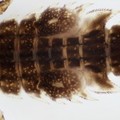
Abdominal Gills
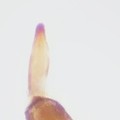
Single Tarsal Claw
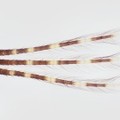
Usually 3 Tails
Family
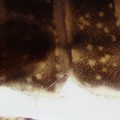
Segment 2 Without Gills
Genus
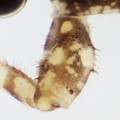
Forefemur
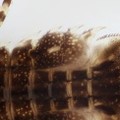
Operculate gill
+ Expanded Character List
Order:
Wings developing in wing pads. Mouthparts suitable for chewing. Gills present on tops and sides of abdomen. Segmented legs present. One tarsal claw per leg. Usually with 3 tails (sometimes 2).
Family:
Gills on abdominal segment 1 rudimentary or absent. Abdominal segment 2 without gills. Gills on abdominal segments 3 (if present) and 4–7 have two layers: a top layer that is oval and plate-like and a bottom layer that is multi-lobed; in preserved specimens these gills lying in paired dorsal depressions and camouflaged, not readily seen by novices. Abdominal terga often with paired tubercles. Mature larvae 5–15 mm long, not including tails.
Genus:
Gills start on abdominal segment 4, operculate gill present, paired median tubercles present
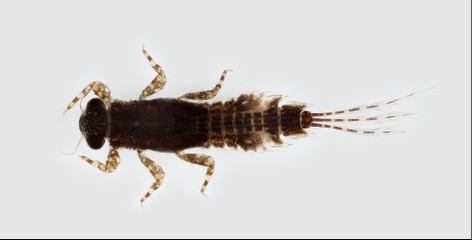
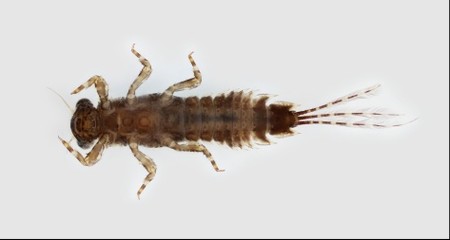
Dorsal
Ventral



